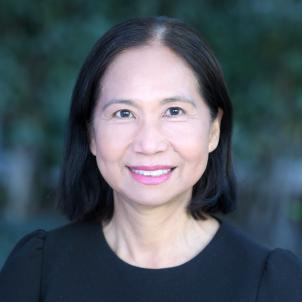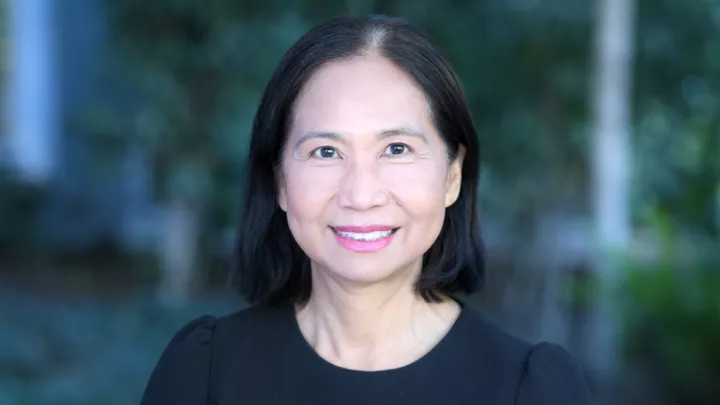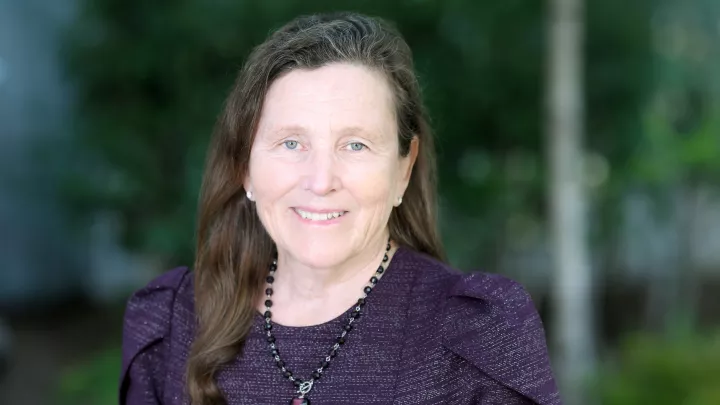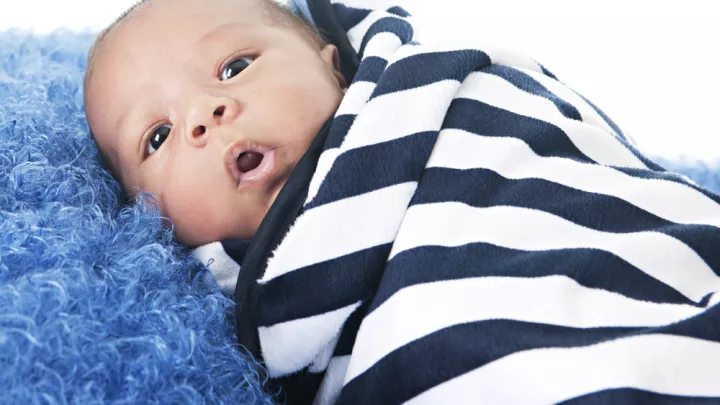
How Is Care Changing in Congenital Central Hypoventilation Syndrome?

For the past decade, Iris Perez, MD, has directed the Congenital Central Hypoventilation Syndrome (CCHS) and Diaphragm Pacing Program at Children’s Hospital Los Angeles—one of the largest programs of its kind in the country.
While there is no cure for CCHS, comprehensive care can enable many children to grow and thrive into adulthood. But that care, she says, is not one-size-fits-all.
Dr. Perez—who was recently elected to the American Pediatric Society—spoke at CHEST 2023 on managing hypoventilation in children. She shares the team’s latest research and how care for CCHS is evolving.
How is the understanding of CCHS changing?
Many of the classic papers on the physiology of breathing and respiratory control in CCHS came out of our program, which began more than four decades ago under Thomas G. Keens, MD, who is now emeritus. But over time, what we have seen is that CCHS presentation can be quite variable.
For example, hypoventilation may not be the initial presentation, which can make it more challenging to identify. Our team recently published a case series showing that obstructive sleep apnea is sometimes the primary initial symptom.
We really have to rethink how we look at the phenotypes of our patients. That was the focus of my recent talk at CHEST: We have to manage patients individually. It is not one-size-fits-all.
Why is it important to individualize care?
It can improve patients’ outcomes and quality of life. In 2015 one of our major papers showed that some patients with CCHS can be ventilated only by diaphragm pacing—without tracheostomy—during sleep. At the time it was thought that they could not be decannulated. But they can be! That’s a huge benefit for those children.
At the same time, taking them off their tracheostomy at too young of an age, such as before age 6, can result in obstructive sleep apnea when they are ventilated by diaphragm pacing. There are pros and cons of various respiratory modalities, and each patient’s needs might be a little different.
What is your research focused on now?
CCHS affects other systems besides breathing. One of our research aims has been to better understand how it affects those other systems, such as GI motility and cardiac function.
For example, our team has shown that patients with CCHS are at risk for life-threatening cardiac arrhythmias regardless of their genotype. Thus, there is a need for patients to undergo annual cardiac ambulatory monitoring, and some may need cardiac pacemakers.
We’re also following up on a study where we found that many children with CCHS don’t hear their ventilator alarms. So now we’re looking at: Why don’t they hear them? Has their hearing been tested? Is there a certain decibel level that they will hear?
How do you work with pulmonologists who are caring for children with CCHS at other centers?
We get consults from around the country and the world. This is a rare disorder, and our center has decades of extensive experience with it.
Our focus is to work very closely with patients’ primary providers, pulmonologists and sleep medicine specialists. I think everyone wins when it’s a more collaborative approach.
What is most rewarding to you about your work?
I’m very passionate about training and mentoring the next generation of CCHS experts. Our graduates have really embraced taking care of these children. Some of them are now leading pulmonology programs across the country.
It’s also very rewarding to know that our research can help improve patient care. These are individuals with their own dreams and aspirations. I love knowing that maybe something we discover will make a difference in their lives.


